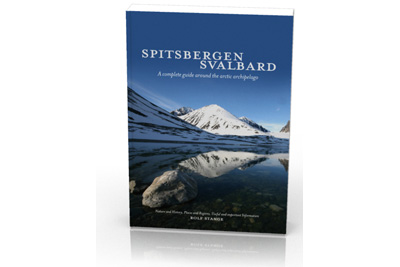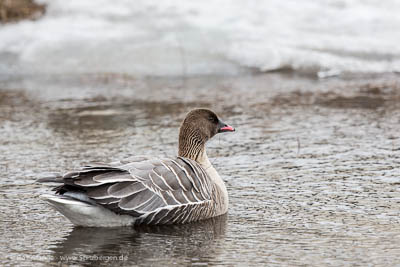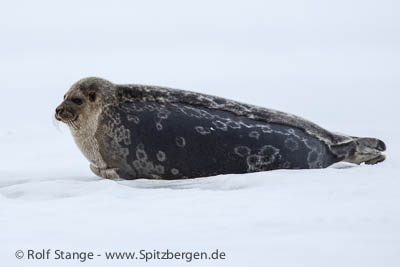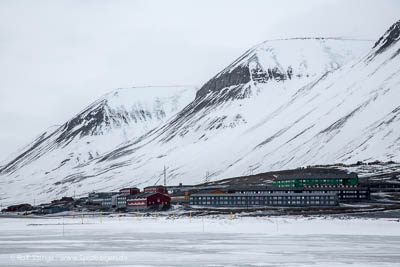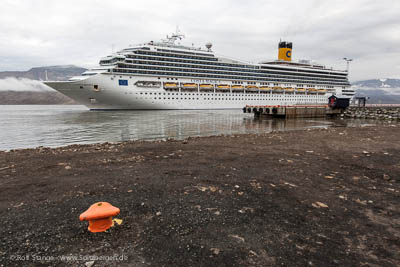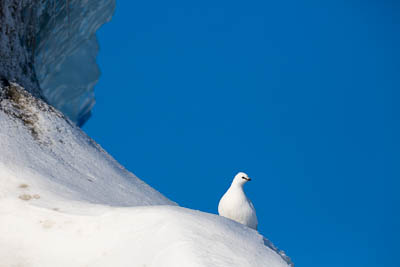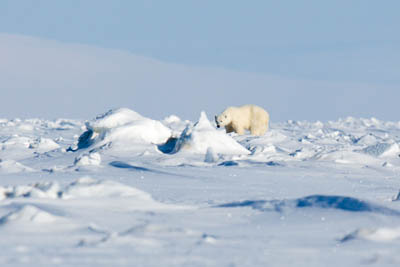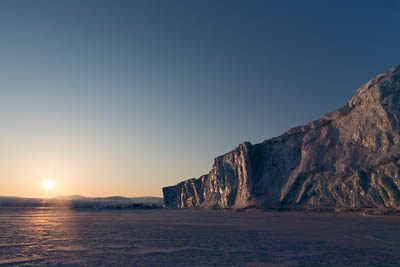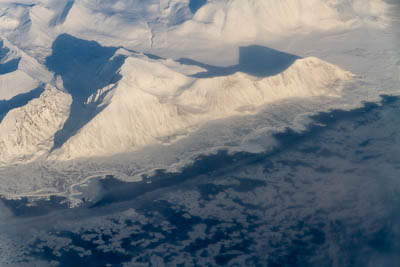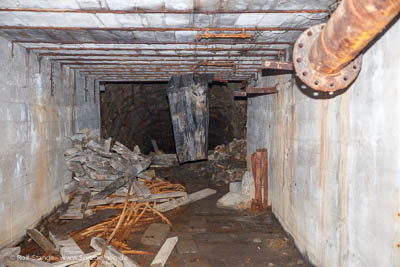-
current
recommendations- Liefdefjord
New page dedicated to one of Spitsbergen's most beautiful fjords. Background information and many photos.
- New Spitsbergen guidebook
The new edition of my Spitsbergen guidebook is out and available now!
- Liefdefjord
New page dedicated to one of Spitsbergen's most beautiful fjords. Background information and many photos.
Page Structure
-
Spitsbergen-News
- Select Month
- May 2025
- April 2025
- March 2025
- February 2025
- January 2025
- December 2024
- November 2024
- October 2024
- September 2024
- August 2024
- July 2024
- June 2024
- May 2024
- April 2024
- March 2024
- February 2024
- January 2024
- December 2023
- November 2023
- October 2023
- September 2023
- August 2023
- July 2023
- June 2023
- May 2023
- April 2023
- March 2023
- February 2023
- January 2023
- December 2022
- November 2022
- October 2022
- September 2022
- August 2022
- July 2022
- June 2022
- May 2022
- April 2022
- March 2022
- February 2022
- January 2022
- December 2021
- November 2021
- October 2021
- September 2021
- August 2021
- July 2021
- June 2021
- May 2021
- April 2021
- March 2021
- February 2021
- January 2021
- December 2020
- November 2020
- October 2020
- September 2020
- August 2020
- July 2020
- June 2020
- May 2020
- April 2020
- March 2020
- February 2020
- January 2020
- December 2019
- November 2019
- October 2019
- September 2019
- August 2019
- July 2019
- June 2019
- May 2019
- April 2019
- March 2019
- February 2019
- January 2019
- December 2018
- November 2018
- October 2018
- September 2018
- August 2018
- July 2018
- June 2018
- May 2018
- April 2018
- March 2018
- February 2018
- January 2018
- December 2017
- November 2017
- October 2017
- September 2017
- August 2017
- July 2017
- June 2017
- May 2017
- April 2017
- March 2017
- February 2017
- January 2017
- December 2016
- November 2016
- October 2016
- September 2016
- August 2016
- July 2016
- June 2016
- May 2016
- April 2016
- March 2016
- February 2016
- January 2016
- December 2015
- November 2015
- October 2015
- September 2015
- August 2015
- July 2015
- June 2015
- May 2015
- April 2015
- March 2015
- February 2015
- January 2015
- December 2014
- November 2014
- October 2014
- September 2014
- August 2014
- July 2014
- June 2014
- May 2014
- April 2014
- March 2014
- February 2014
- January 2014
- December 2013
- November 2013
- October 2013
- September 2013
- August 2013
- July 2013
- June 2013
- May 2013
- April 2013
- March 2013
- February 2013
- January 2013
- December 2012
- November 2012
- October 2012
- September 2012
- August 2012
- July 2012
- June 2012
- May 2012
- April 2012
- March 2012
- February 2012
- January 2012
- December 2011
- November 2011
- October 2011
- September 2011
- August 2011
- May 2011
- April 2011
- March 2011
- February 2011
- January 2011
- December 2010
- November 2010
- September 2010
- August 2010
- July 2010
- June 2010
- May 2010
- April 2010
- March 2010
- February 2010
- November 2009
- October 2009
- August 2009
- July 2009
- June 2009
- May 2009
- April 2009
- March 2009
- February 2009
- January 2009
- December 2008
- November 2008
- October 2008
- August 2008
- July 2008
- June 2008
- May 2008
- April 2008
- March 2008
- February 2008
- April 2000
- Select Month
-
weather information
-
Newsletter

| Guidebook: Spitsbergen-Svalbard |
Home →
Yearly Archives: 2013 − News & Stories
Guidebook “Spitsbergen-Svalbard”: book review
A very positive book review for the guidebook “Spitsbergen-Svalbard” has recently been published in the Czech Polar Reports, a periodical for polar research. The author, Miloš Barták, is Professor for Biology at the Masaryik-University in Brno (Czech Republic). Amongst others, he writes:
“Thanks to his personal experience with Svalbard, the author wrote an excellent guide …”.
“I would like to point out the precise description of plants and animals that follows a well-designed scheme”.
“Substantial part of the book deals with history, geology and geography of Svalbard. I find it very useful because there are many information attracting both travellers and polar research professionals. For each important location, detailed information of the history of discovery and/or settlement is given …”
“Throughout the book, there are many positive features that … pushes the book from a standard turist guide to a higher quality.”
“… the book is not only a perfect turist guide attracting people to come and see but also a comprehensive source of information for professionals in polar science who may use it for logistic and field works planning. It could be also recommended to university students of geology, biology, and ecology of polar regions,…”
The full review is published here: Barták, M. (2013): R. Stange (2012): Spitsbergen / Svalbard. A complete guide around the Arctic archipelago. Book Review. Czech Polar Reports, 3: 78 – 79.
Spitsbergen-Svalbard: this guidebook has recently received a very positive review in the Czech Polar Reports.
Arctic expeditions 2014: Spitsbergen and Jan Mayen
House news: we will offer 4 exciting arctic voyages in 2014, to Spitsbergen and Jan Mayen.
The expedition to Jan Mayen has been in a planning stage for quite some time, but the details are almost finalized so the trip can be booked soon. If you have already contacted me about the Jan Mayen expedition 2014, then you will get a message the next days before the final details go public on the website.
We will also run 3 trips in Spitsbergen: two with SV Antigua, one in high summer in late July/August and one in September. And in August, we want to offer “advanced Spitsbergen”: with a small sailing boat and a small group (about 10 passengers) to the remote parts of Svalbard. For those who are out for a very intimate, active experience of nature and excellent photographic opportunities, including wildlife. The Spitsbergen voyages are expected to be German speaking, but for those of you who speak a bit of German and are not afraid of a bunch of Germans/Swiss, please have a look at the more detailed descriptions for the Arctic 2014!
Sunset on the west coast of Spitsbergen, September 2012.
Longyearbyen CO2 neutral?
Will Longyearbyen be Norway’s first CO2 settlement? This is the vision of a group of scientists within UNIS (University in Longyearbyen). The geology around Longyearbyen seems suitable for long-term storage of large amounts of CO2 (CCS, carbon capture and storage): porous sandstones are able to host large volumes of volatiles (liquids, gas), and overlying layers of fine-grained sediments seal this natural storage off to prevent volatiles from escaping into the atmosphere. First tests with water instead of gas went well.
The next step should be to press a larger volume of CO2 into the ground in Adventdalen, where the test sited is situated, to test the suitability of the sediments under more realistic conditions. There are three options: separating CO22
The “CO2.

Source: Aftenposten
… the arctic summer is on its way!
The Little auk colonies that are in many places on the slopes high above Longyearbyen are active, something that is easy to hear now. Snow buntings are playing their spring games on snow-free patches of tundra, which are growing larger day after day. And the geese have arrived after their spring migration. Summer on 78 degrees north is on its way.
Pink-footed goose in Longyearbyen, 22nd May.
The end of the arctic winter …
The winter has come to an end in Spitsbergen, and it is being replaced by a short in-between season. The snow mobiles are calm now, the snow is getting wet and heavy and the snow-free patches larger and larger. Around 20th/21st June, the first small runlet was flowing down over snow in the river bed of Longyearelva, the river in Longyearbyen.
Calm days, nothing big happening here otherwise. Good.
The first water running down the river in Longyearbyen, 22th May.
Climate change: fjord ice on the west coast of Spitsbergen strongly reduced
A recent visit of the Norwegian environmental minister Bård Vegar Solhjell to the research settlement Ny Ålesund in Kongsfjord has put climate change back in the political debate in Norway. According to leading local scientists, the boat excursion into Kongsfjord would have happened with snow mobiles just 10 years before, following exactly the same route. The loss of solid fjord ice in many fjords on the west coast of Spitsbergen especially during the last 2 years is indeed alarming. This leads to massive problems for example for Ringed seals, who cannot give birth and raise their offspring without good fjord ice. Hardly any Ringed seal, generally the most abundant arctic seal, has been born and raised successfully in Kongsfjord in recent years.
The loss of solid fjord ice in the fjords on the west coast of Spitsbergen especially during the last two winters is indeed dramatic. This involves problems for example for Ringed seals, which need solid ice and good snow conditions to raise their offspring successfully. Hardly any young Ringed seal has survived in Kongsfjord during the last 10 years.
The increase of sea surface temperatures on the west and north coasts of Spitsbergen during the last 2 years is significant and has reduced the drift and solid ice considerably. In eastern Spitsbergen, the development is less dramatic and the ice conditions are comparatively normal. On the west coasts, many fjords remain largely open. Mostly, only inner reaches of the fjords are frozen over.
The Norwegian environmental minister has spoken of clear signals for an already ongoing warming.
Ringed seal in Tempelfjord, early May 2013. Here, the fjord ice is currently still solid.
Source: Aftenposten
Store Norske: black gold yields red numbers
The Norwegian mining company Store Norske is currently operating deeply in red numbers. After several good years, an exception in Spitsbergen’s mining history, the loss was near 234 million Kroner (29 million Euro) in 2012, and 2013 is not expected to be much better. The main reasons are said to be low prices on the world market for coal and the increasingly difficult conditions in the main mine Svea Nord near Sveagruva, which is now operating in marginal parts of the coal seam, with lower quantities and inferior qualities.
A new mine is expected to operate from 2015 at Lunckefjellet, north of the current mine Svea Nord, but only until 2018.
Store Norske reacts by cutting down costs. Employees will have to face release, and the daughter company Store Norske Gull, which has been prospecting for gold for years at St. Jonsfjord on the west coast of Spitsbergen, will not continue its activities in 2013.
Sveagruva in Van Mijenfjord: the current centre of coal mining in Spitsbergen.
Source: Finnmarken.no
Spitsbergen panorama photography
The ongoing arctic winter season has, so far, turned out to be very productive from a photographic perspective. Next to a high number of conventional images, more than 50 360 degree panoramic shots have been taken and published so far during a couple of weeks. These photos give the impression to stand in the middle of the landscape, which can be moved on the screen to all directions. This is the beginning of a project which aims at a more comprehensive documentation of landscapes all over the Svalbard archipelago.
The panorama images can be seen free of any charge on this website, either through a map which sorts the panoramas geographically, according to where they were taken. Or in the travel reports/photo gallery section. Enjoy!
The yellow dots indicate the locations where panorama images are available so far. Click here to view the map with the links..
Spitsbergen-tourism: growth in certain parts
Tourism in Spitsbergen is on the growth in certain parts. Especially the number of large cruise ship passengers has increased significantly from 24,000 (2011) to 42,000 (2012). The figures had dropped significantly in the years of the crisis following 2007.
The number of overnights in hotels in Longyearbyen has been more or less stable for a couple of years, ranging between 83,000 and 89,000. Compared to early 2012, the hotel business is currently quite happy. One important reason is said to be the airline Norwegian, which started to fly to Longyearbyen again recently. The competition with SAS has led to more affordable seats on flights to Longyearbyen, an important bottleneck for almost all tourism in Svalbard.
The numbers of those venturing out into remoter parts on their own has always been fluctuating to some degree, between 400 and 750, without any clear trend. The same goes for snow mobile tourism, which depends on the duration of the season, which again depends on the weather in late April and early May and is accordingly impossible to predict.
Such and similar figures can be read in the tourism statistics, recently published by the Sysselmannen.
“Costa Magica”, 2009 in Longyearbyen. Until then, with 3400 passengers the biggest the biggest cruise ship in Spitsbergen.
Spring in Spitsbergen
The arctic spring is just around the corner: signs of warmer days are more and more visible even in the high arctic. No darkness anymore since early April, and the midnight sun is officially shining in Longyearbyen since yesterday (April 20). The first birds, including Snow buntings and Little auks, have returned to their breeding areas.
The next days are even supposed to be quite warm, around zero degrees, but the forecast is promising temperatures well below freezing again later – let’s hope they are right. But a warm spell in mid April followed by colder temperatures until early or mid May is quite normal.
The ice conditions are also more “normal” again than last year. The east coast is packed with dense drift ice or even fast ice. The drift ice is also coming closer and closer to the north coast.
Ptarmigan on iceberg. Strictly speaking, the ptarmigan is no symbol for the spring, as it is the only bird to spend the winter in Spitsbergen.
Once again polar bear shot in self defence
After a polar bear had already been shot in self defence in late March, a similar incident occurred only a few weeks later in Isbukta on the southern east coast of Spitsbergen. Two persons skiing Spitsbergen „på langs“ (the whole north-south distance of the main island) were camping on the ice in Isbukta when a bear came near and turned out to be impossible to scare away by noise and other means. The two felt threatened and shot the bear.
The bear was young and with a weight of 119 kg either not fully grown or not well fed or a combination of both.
As the case from March, the incident will routinely be investigated by the local police (Sysselmannen). Polar bears are completely protected in Spitsbergen and may only be shot in self defence. The Sysselmannen has already mentioned that the circumstances point towards a case of legal self defence.
Polar bear on the east coast of Spitsbergen.
Source: Sysselmannen
Search-and-rescue operations in Spitsbergen: slight increase, but altogether normal
Sysselmannen and local Red Cross have documented a slight increase in the numbers of search-and-rescue operations (SAR) in Spitsbergen. The number has recently been near 80 per year, including evacuations of crew members from fishing vessels. There are cases where the rescue services are called in, as it seems, situations where it should not have been necessary, such as the recent case of two ski travellers who had completed less than 10 % of their intended route, but were too exhausted to continue even in good conditions. The Sysselmannen reminds everybody of the importance of good preparation and their own responsibility for individual safety.
Altogether, however, the use of SAR capacities is well within the frame of what they have been calculated and established for. The includes the recent Easter weekend, when traditionally a lot of people travel in the field. This is also due to the good weather conditions.
Potential major accidents which involve a larger number of persons remain a worry. Local SAR capacities are not sufficient for such major accidents.
SAR-helicopter of the Norwegian coast guard during an exercise in Spitsbergen.
Source: Sysselmannen
Spitsbergen-Svalbard.com-news: currently more photos than news
The frequency of Spitsbergen-Svalbard.com-news postings is currently a bit reduced, because the author is currently mostly in the field in Spitsbergen. As a result, there is a large number of recent photos being posted. Important news will be posted anyway, but possibly with minor delays.
An evening at Negribreen on the east coast of Spitsbergen. In this weather, we spend as much time outside as we can. The computer has to wait.
Polar bear shot while climbing through a window into a hut
On March 24, a polar bear was shot while it tried to enter a hut through the window. The hut was used by a couple from Longyearbyen, who tried to scare the bear away with noise and by throwing items at it. When this turned out to be unsuccessful, the bear was shot at short distance with a revolver.
The incidence happened in Hyttevika, an old trapper’s hut on the west coast north of Hornsund. The couple went there from Longyearbyen by snow mobile for the weekend. Both are considered locally very experienced outdoor persons.
The case is routinely investigated by the local police (Sysselmannen). Polar bears are completely protected in Spitsbergen and may only be shot in self defence. The authorities have already made known that the circumstances seem to indicate a case of legal self defence.
The case received some criticism during the following debate regarding the potential use of pepper spray, which is often used for example in North America to solve similar conflicts without loss of human or animal life. In Spitsbergen, however, the local authorities have officially declared that they do not support the use of pepper spray for self defence against polar bears. The owner of this website and current author means that pepperspray is certainly not suitable for stopping a bear that it vigorously attacking in open terrain, but may well be used successfully from the relative safety of a hut or even a tent to save the lives of bears and humans alike. A bear thus scared away is unlikely to go near a hut again.
This was the first case of a polar bear being shot since the lethal attack in Tempelfjord in August 2011.
The area of Hyttevika from a safe altitude, one day after the bear had been shot.
Source: Svalbardposten
Accident in coal mine in Barentsburg
An accident has happened today (April 04) in the coal mine in the Russian settlement Barentsburg. A worker was killed by a falling block. The Norwegian authorities are currently investigating the incident.
Old mine entrance in Barentsburg.
Source: Sysselmannen
News-Listing live generated at 2025/May/04 at 11:27:23 Uhr (GMT+1)
